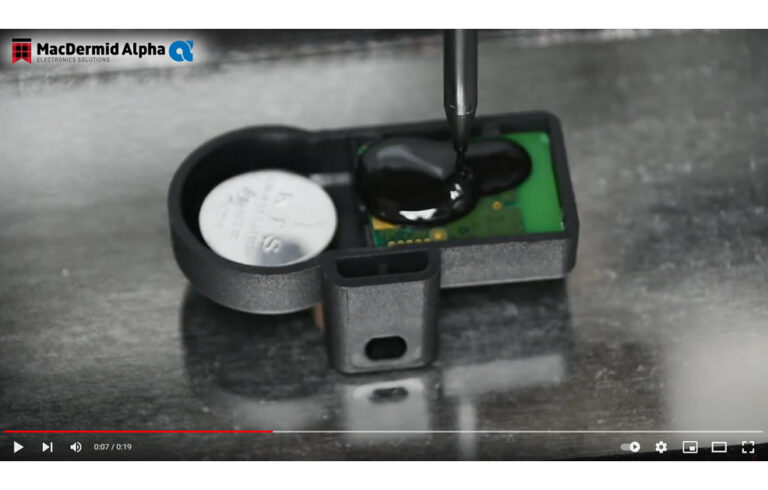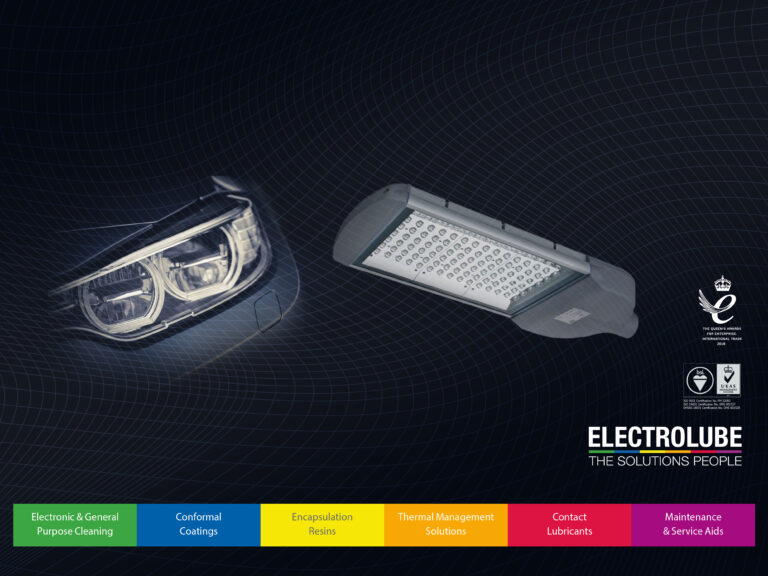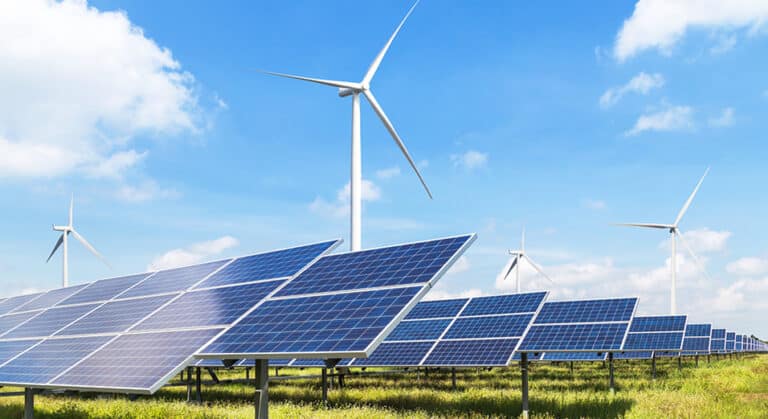
Impending new F-Gas regulations, set to commence in 2018, will ultimately have a big impact on the choice of propellant chemicals used in aerosol products. With European legislation limiting the amount of fluorinated gases used as propellants in aerosols to one fifth of their 2014 levels by 2030. This will impact anyone who currently uses an airduster in the industry, even every day maintenance such as clearing dust and contaminants from difficult-to-access electronic circuits and components.
To combat this change, Electrolube released an industry first at Southern Electronics and Manufacturing Exhibition in the UK last year; Air Duster Zero is not only compliant with the new regulations but is also a completely eco-friendly Solution. However, since ADZ was released we have been asked a number of questions relating to the new regulations. So in order to shed some light on how the new F-Gas regulations will impact on users of air dusters such as yourself, I’ve collated the most common questions we get asked into this blog post to help alleviate any confusion you might have
Q: Why do air duster users need to change their existing product, perhaps one that they have been using for years?
NP: The phenomenon of global warming has focused our attention on the types of chemicals we use in aerosol sprays, so the EU and other national bodies outside of Europe have decided it’s time to change them to improve the environment and has put heavy legislation in place to achieve these aims over time, with key deadlines extending from now until 2030. The goal is to achieve a reduction in the use of hydrofluorocarbon propellants in aerosols to one fifth of 2014 levels by 2030.
Q: Why have they changed the regulations?
NP: The gas that is commonly used as the propellant in aerosols, like the majority of air dusters, is a hydrofluorocarbon (HFC) called HFC-134a. This has a very high global warming potential or ‘GWP’, which is a relative measure of how much heat a greenhouse gas traps in the atmosphere. It compares the amount of heat trapped by a given mass of the greenhouse gas – in our case, HFC-134a – to the amount of heat trapped by a similar mass of carbon dioxide (which is standardised as having a GWP of 1). The GWP of HFC-134a is as much as 1,300 times that of carbon dioxide. The new regulation anticipates a global phase-down of the consumption and production of HFCs on the basis of proposals currently being discussed under the Montreal Protocol on protecting the ozone layer. The new regulations will also affect other markets, in particular countries exporting to the EU. Similarly, the G20 countries are also recognising the need to act on HFCs.
Q: But there are already other options out there though?
NP: Yes there are low-GWP options to HFC-134a but they can be highly flammable, due to gases like butane and dimethyl ether that can turn your humble air duster into a potential flame thrower!
Q: If these gases are so damaging, why not just use compressed air?
NP: Compressed air, whilst being cheap and readily available, does not offer a long-term powerful airduster solution; even when charged to 10bar (usually the maximum) they tend to lose their cleaning power after just three or four sprays. They can be re-charged but this is a fiddly, time consuming business and you might as well use a hand-cranked or electric compressor instead – but clearly this option is not so portable!

Q: So what is the best option?
NP: At Electrolube, we have closely examined all the alternatives and considered their viability in light of current and future legislation. Initially, we investigated new fluorinated gas developments, like Hydrofluoroolefin (HFO) – specifically HFO-1234ze. The case for HFO-1234ze was compelling, particularly in relation to fluorinated gas taxation and operator safety – HFO-1234ze has a GWP similar to that of carbon dioxide and is non-flammable. However, it is very expensive.
Our R&D team ultimately came up with a truly innovative solution, which we have called ‘Air Duster Zero’. It’s a completely new type of air duster that makes innovative use of an activated carbon absorbent and it’s potential for gas storage. As an alternative to traditional aerosol propellants, such as flammable hydrocarbons and environmentally damaging HFCs, the Air Duster Zero also uses recycled carbon dioxide so there is no net addition of this greenhouse gas to the atmosphere. In addition to its environmental credentials, which meet all current and future EU regulations, the Air Duster Zero product is also non-flammable, non-toxic and odourless – and, what’s more, you get all of these problem solving benefits without having to pay a price premium!
Today, the Air Duster Zero™ and its novel approach to dispensing recycled, inert CO2 gas provides not only a safe and sustainable solution for users of technical air dusters, but one in which they can be confident will comply with all current and future legislation.










